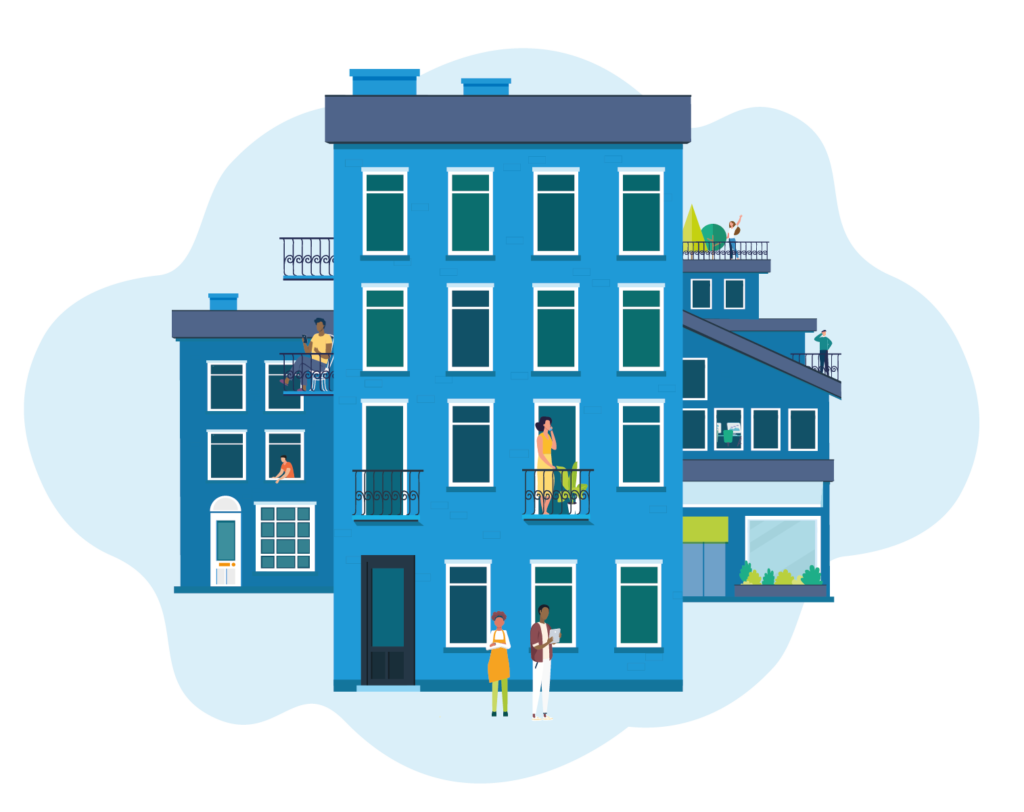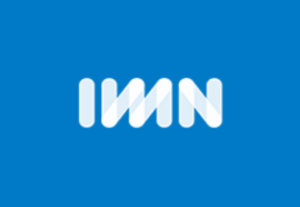How to maximize your residential rental property occupancy rate
In residential property management, following up on leads and maximizing occupancy are crucial to the success of your multifamily community.
Multifamily software used by the top ten NMHC managers
Take full control of the lead-to-lease process
Get a demo
Maximizing residential property occupancy isn’t just about filling vacancies. It’s about securing reliable tenants, providing consistent value, and fostering an environment where tenants want to stay long-term.
While essential to the success of your property portfolio, maximizing resident occupancy can be challenging. Residential property managers often struggle to maintain a steady stream of qualified applicants. The digitalization of the modern world has also raised residents’ expectations, making it difficult to keep them satisfied.
In this guide, we explain how to maximize residential property occupancy. We look at occupancy rate, explain its importance, and offer actionable strategies to ensure your rental properties are consistently filled.
What is a rental occupancy rate?
An occupancy rate refers to the percentage of occupied properties you have across your entire portfolio at any given time. It gives you a clear picture of how much used space you have versus how much you have left to rent out, allowing you to calculate a new strategy for filling those spots.
How to calculate rental property occupancy rates
To calculate your occupancy rate, divide the number of occupied units by the total number of units. Multiply the result by 100 to get a percentage.
For example, if you have 90 occupied units out of 100, the rate is 90%. This simple calculation provides a clear snapshot of how your property is performing.
Why understanding your property’s occupancy rate is so important
Understanding your property’s occupancy rate is important for these reasons:
Revenue stream:
The occupancy rate directly impacts your revenue. A high occupancy rate means consistent rental income, while a low rate indicates potential financial losses due to vacant units.
Business strategy
The occupancy rate serves as a vital metric in evaluating the success of your rental business. If rates are persistently low, it might signal a need to revisit pricing, marketing strategies, or property improvements.
Investor and stakeholder confidence
For properties with multiple stakeholders or investors, a healthy occupancy rate can instill confidence. It demonstrates effective management and the property’s appeal to tenants.
Budgeting and planning
Knowing your occupancy rate aids in budgeting for maintenance, improvements, and other operational costs. If you’re consistently full, you might have more funds for upgrades. On the other hand, low occupancy might necessitate budget cuts or increased marketing spend.
8 ways to increase the occupancy rate of your rental property
Here are 8 effective ways to maximize residential occupancy rates:
1) Attract qualified prospects
Attracting qualified leads is fundamental to improving and maintaining high occupancy rates. Qualified tenants are those who not only meet financial requirements but also fit seamlessly into the residential lifecycle of the property, reducing the chances of early lease breaks or frequent turnovers.
Residential property management software is a powerful tool for attracting these ideal tenants. With features allowing for detailed tenant profiling, landlords can match prospects with properties that best suit their needs and lifestyle. The software can also automate marketing processes, ensuring that your property listings reach the right audience online.
2) Be honest and upfront
Tenants want to know they are dealing with a reliable property manager or landlord. By being transparent from the start, you establish a relationship based on trust. This trust can encourage potential tenants to choose your property, increasing your occupancy rate.
To build trust, you must be open and honest in the marketing of your property. You can do this by providing accurate information in the property description, not over-promising features or services, and highlighting all rules and regulations. It is also essential to be transparent about all costs associated with the property, including rent, security deposit, maintenance fees, and any other potential charges.
With Market Connect, you can develop quality content outlining your pricing, availability, and other important information about your property and get your message out to qualified prospects. You’ll also be able to give potential residents virtual reality tours of your units on a website that is both professional and optimized for mobile use. This means tenants have an accurate view of the property they are signing up for, increasing their likelihood to continue renting from you for the long run.
3) Follow up on quality leads
Responding quickly to qualified leads is crucial in the busy rental market. Many renters reach out to multiple properties at once, so a swift response can make your listing stand out. By being proactive, you reduce the chance they’ll commit to another property before hearing from you.
Maintaining regular communication with leads is equally important. It shows potential tenants that you are reliable and care about their needs. Good communication can help turn interested leads into long-term tenants, allowing you to improve your occupancy rate.
Callmax is a smarter automated answering service designed specifically for multifamily property managers. Enhance the on-call experience for prospects and residents with innovative speech recognition technology that can provide callers with the answers they’re looking for right away. Even if the caller doesn’t leave a message, your leasing team will see the topic discussed over the phone, leading to better lead generation and occupancy rates.
4) Improved resident screening processes
Effective resident screening is essential for maximizing your occupancy rate. By ensuring that prospective tenants meet specific criteria, you can increase the likelihood of a smooth tenancy, with timely rent payments and respect for property rules. A well-structured screening process also reduces the risk of frequent tenant turnover, preventing a low occupancy rate.
The use of residential property management software can enhance the screening process. Resident screening is designed to provide a comprehensive background check that includes online and in-person research to create a more accurate history of the potential resident. This can reduce resident delinquencies and minimize evictions, meaning you are more likely to have a strong occupancy rate.
5) Optimized property inspections
Conducting thorough and regular property inspections ensures that your property retains its value and appeal. It can highlight any needs for repairs and maintenance, allowing you to be proactive in your property management. This can showcase to current tenants that you are dedicated to providing a quality living environment, which can encourage them to renew their lease and maintain your occupancy rate.
Performing property inspections with a pen and clipboard leaves too much room for manual entry errors, lost paperwork, and inefficiency. Residential property management software can optimize your property inspections. This powerful tool can allow you to digitize records, automate inspection scheduling, and streamline the process.
6) Track tenant satisfaction
Rental occupancy rates aren’t just reliant on your ability to network with and convert tenants. You also need to ensure your tenants are having the best possible experience renting from you and aren’t looking elsewhere for a different property. Not only are unsatisfied tenants a loss to your profit margin and occupancy rate, but they can also damage your reputation.
Property management software offers a streamlined way to determine tenant satisfaction. Built-in survey tools, feedback forms, and communication channels make it easier to collect and analyze feedback from tenants. This real-time feedback allows you to take any necessary actions, ensuring a high level of tenant satisfaction and retention.
7) Communicate with your tenants
Communicating with tenants is key to maintaining rental occupancy rates, and this can be done easily through a variety of software portals. Consistent communication with your tenants allows you to address any concerns, inform tenants about maintenance, and share community news. Tenants who can easily communicate with property managers are more likely to renew their lease, allowing you to maintain your occupancy levels.
8) Make your rental property more attractive
Aesthetic and functional upgrades that increase property value can attract and retain tenants. Investing in modern appliances, fresh paint, or landscaping demonstrates a commitment to providing a superior living experience. Keeping up with current design trends and adding amenities like a gym or communal space can give your property a competitive edge in the market, making it a more desirable choice for potential renters.
Increase your rental occupancy rate with our property management software
Our residential property management software is a powerful tool that can maximize residential occupancy rates. From marketing to qualified leads to effectively screening prospective tenants to maintaining tenant satisfaction, our software offers comprehensive solutions to effective property management.
FAQs about increasing your rental occupancy rates
An MRI Client Success Story: Southwood Realty
How Southwood Realty revolutionized their business with the MRI Living toolbox Founded in 1977, Southwood Realty is a family-owned property management company based out of Gastonia, North Carolina. With locations in North Carolina, South Carolina, Te…

